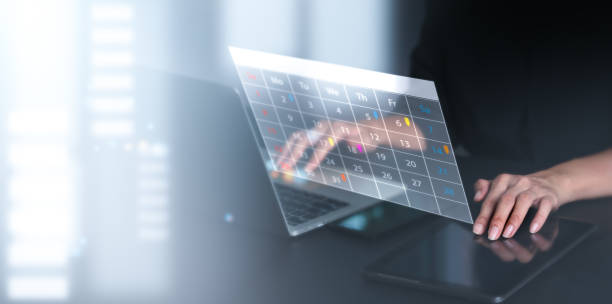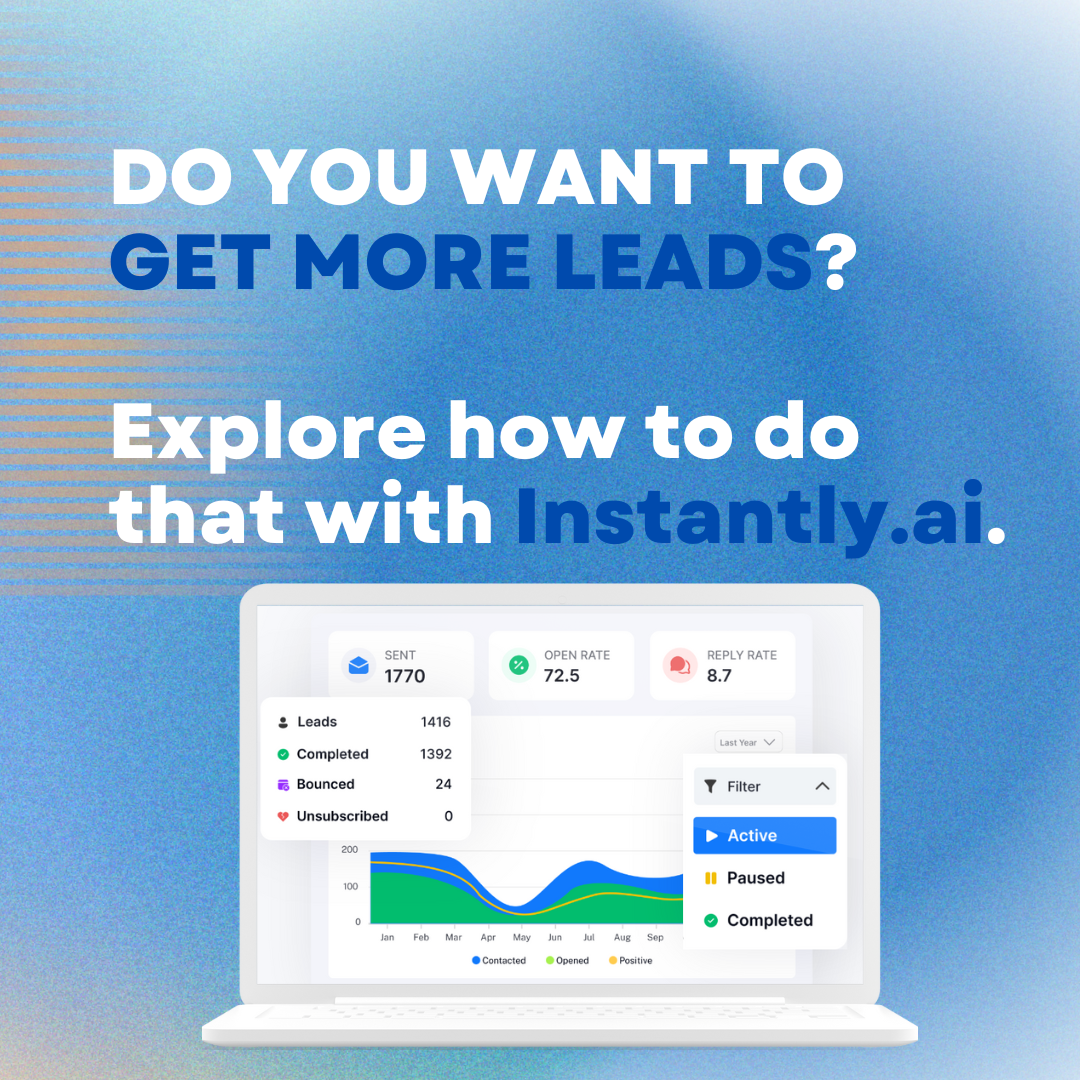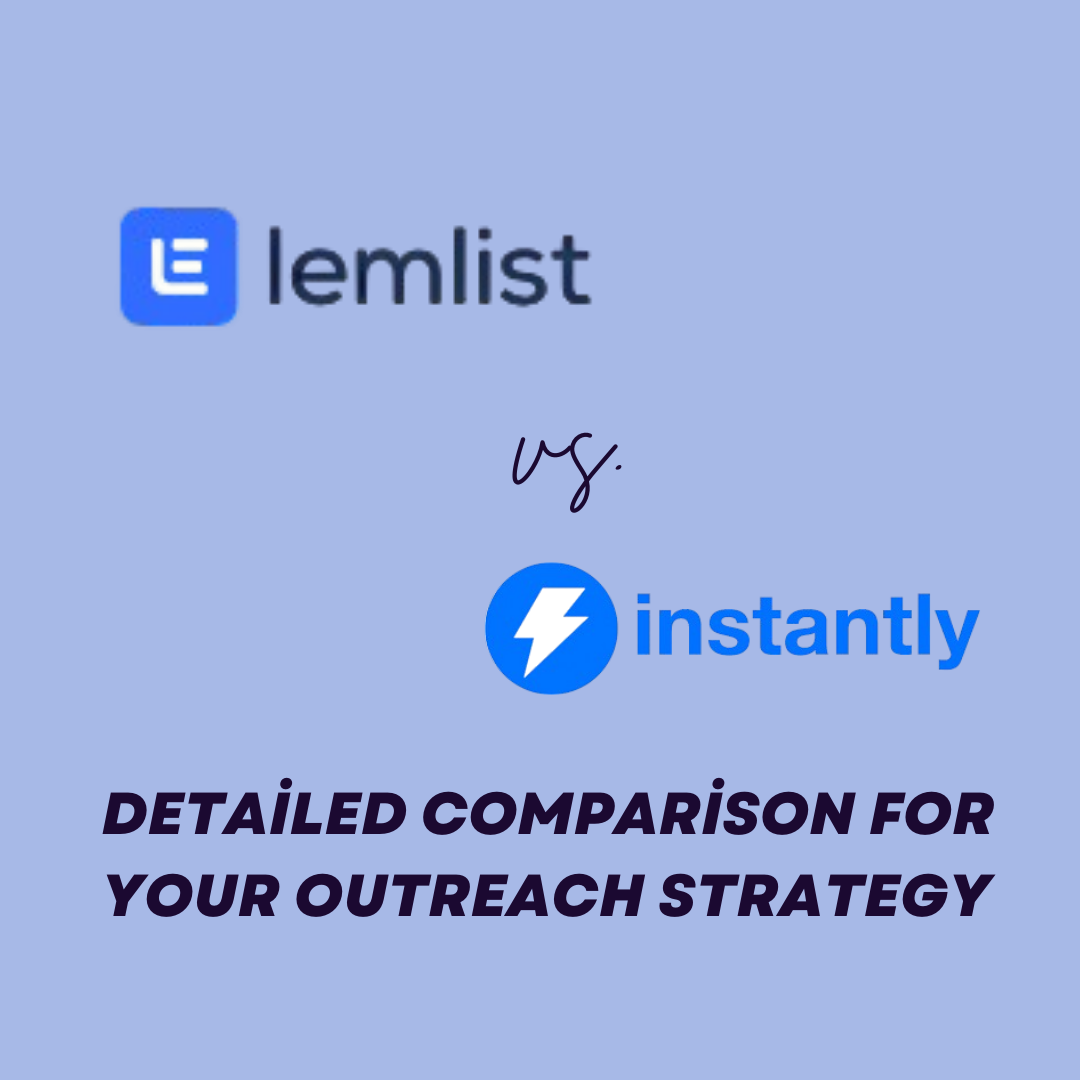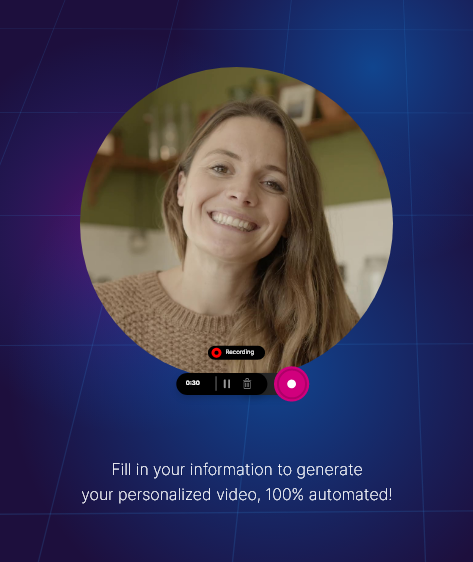In today’s fast-paced digital world, the simple question “Are you available?” has taken on new significance. What once was a straightforward inquiry has morphed into a reflection of our times, capturing the essence of our increasingly connected lives. This article delves into the depth of this modern-day query, exploring its roots, implications, and impact on personal and professional spheres.

A Look Back: The Evolution of Availability
Before diving into the nuances of our digital era, let’s understand the historical context of availability.
Pre-Digital Age
Prior to the internet and smartphones, availability was predominantly determined by physical presence. If someone needed you, they’d either call your landline or knock on your door. If you weren’t there, you simply weren’t available.
The Advent of Email
With the popularization of email, the lines began to blur. Suddenly, people could send a message at any hour, leading to an expectation of quicker responses.
Mobile Phones & Instant Messaging
Enter the age of mobile phones and platforms like AOL Instant Messenger. With the power to reach anyone at any time, the pressure to always be available increased.
Implications of the Digital Age on Availability
The evolution in technology has drastically altered the perception of being “available.”
- Instant Gratification: Today’s world thrives on immediacy. Messages are sent and read within seconds. With platforms like WhatsApp and Facebook Messenger, the expectation of instant responses has skyrocketed.
- Work-Life Blend: With work emails just a tap away, the boundary between professional and personal life has blurred. Studies like this one from Harvard have highlighted the stress that constant availability can bring to employees.
- The Fear of Missing Out (FOMO): With social media platforms like Instagram and Twitter constantly updating, there’s a lingering fear of missing out on the latest happenings, pushing us to remain perpetually plugged in.
How to Navigate the “Are You Available?” Culture
It’s evident that the current culture champions constant connectivity, but how can one find a balance? Here are some strategies:
- Set Boundaries: Define specific times when you’ll check your email or social media. This can reduce the pressure of being always on.
- Digital Detox: Dedicate certain hours or even full days where you disconnect from digital devices. This Forbes article highlights the numerous benefits of such breaks.
- Clear Communication: If you won’t be available for a specific period, communicate that clearly to colleagues, friends, and family.
- Prioritize Well-being: Focus on mental and physical well-being. Apps like Calm and Headspace are excellent for mindfulness and meditation, helping combat digital overload.
Key Takeaways
- “Are you available?” is more than just a question; it’s a reflection of our digital culture and the pressures it exerts.
- Availability, once dictated by physical presence, is now influenced by digital presence, leading to an interconnected yet often overwhelmed society.
- Setting clear boundaries, prioritizing well-being, and occasional digital detoxes can help navigate the modern challenge of constant availability.

EXPLORE MORE: Tips: Maximizing Efficiency with a Schedule Management
In Conclusion
The digital age has undoubtedly provided us with numerous benefits, making communication faster and more accessible. Yet, with these advancements comes the responsibility of managing our availability. As we move forward in this interconnected era, finding a balance between being connected and preserving one’s mental well-being will be crucial.









